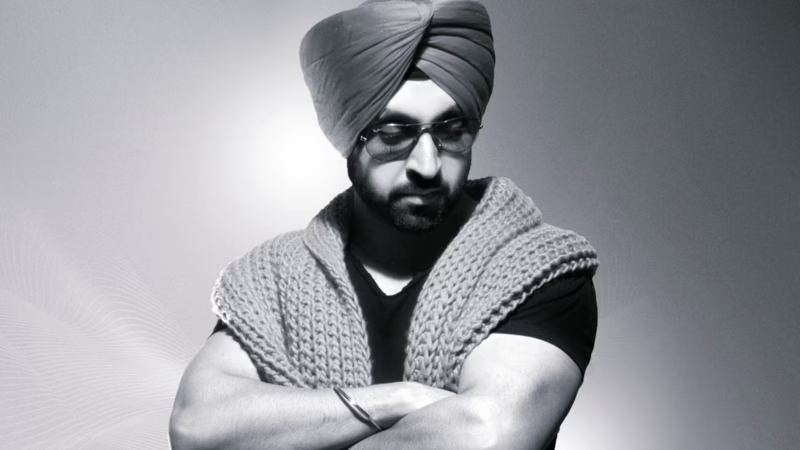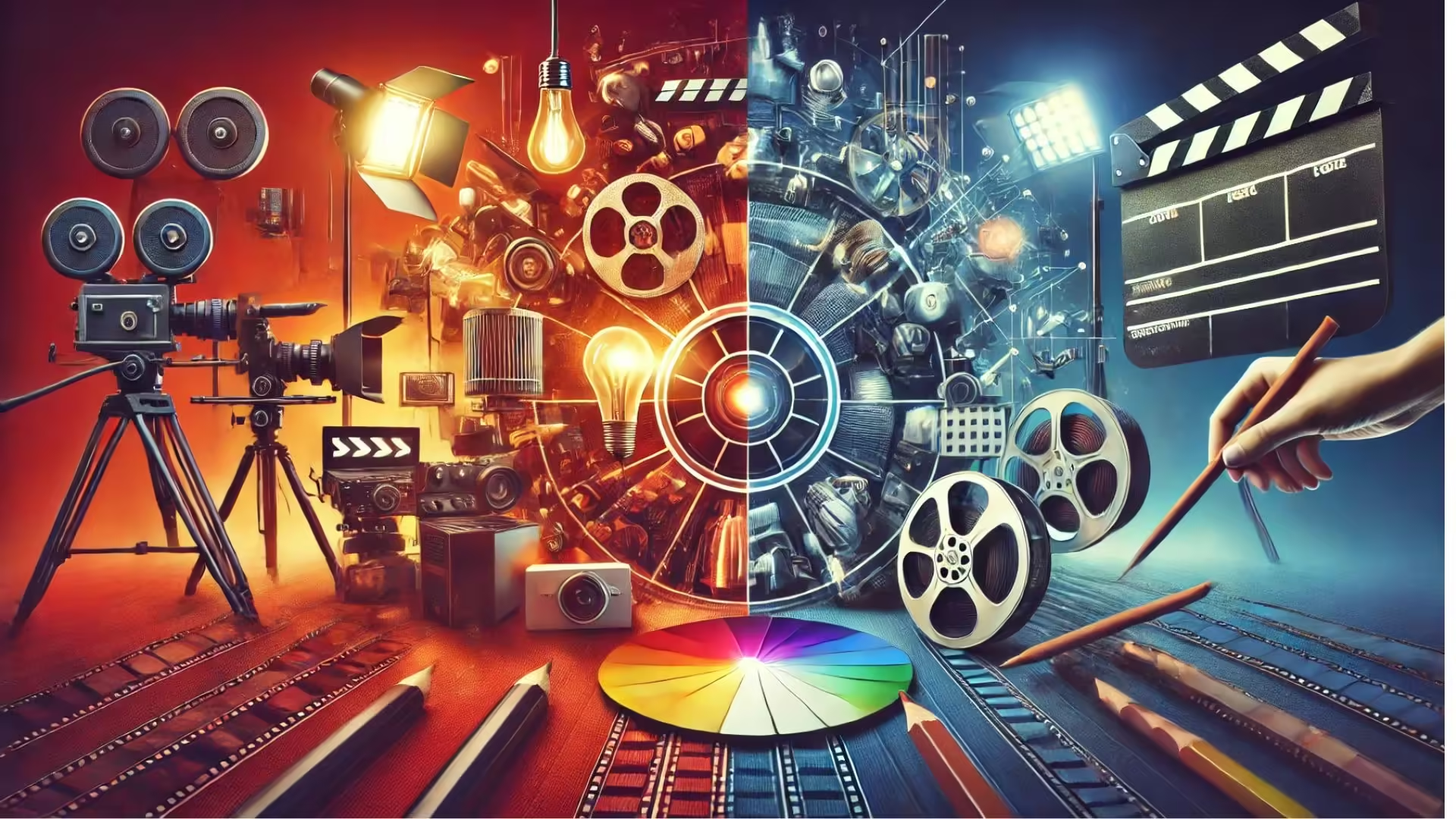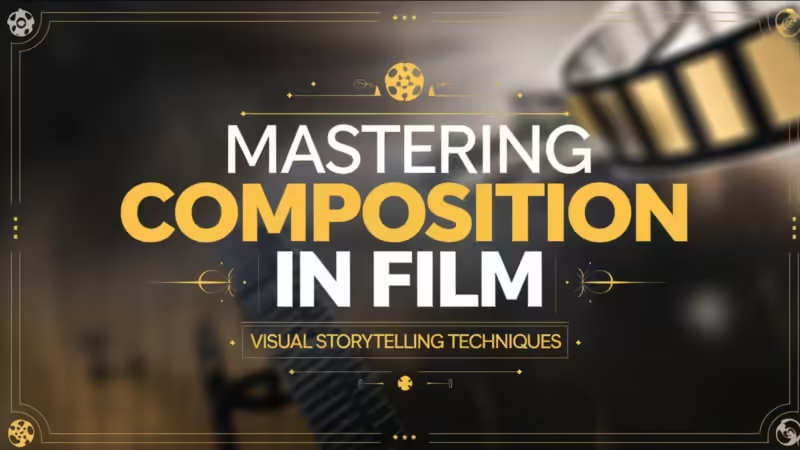Visual storytelling is an essential skill for filmmakers, allowing them to convey emotions and narratives without relying solely on dialogue. Mastering visual techniques can enhance the storytelling experience and engage audiences on a deeper level. Here are key strategies for effective visual storytelling:
1. Camera Angles and Shots
Using various camera angles can significantly impact how a scene is perceived. Low-angle shots can make characters appear powerful, while high-angle shots can convey vulnerability. Close-ups emphasize emotions, drawing viewers into the character’s experience. For more detailed insights on camera techniques, check out this resource on Film Riot.
2. Lighting
Lighting is crucial in setting the mood for a scene. Natural light can create authenticity, while artificial lighting allows for greater control over atmosphere. Experimenting with different lighting styles can help convey specific emotions, as seen in the stark contrasts of films like Blade Runner.
3. Color Schemes
Colors evoke emotions and themes, playing a significant role in visual storytelling. For instance, warm colors like reds and yellows can create feelings of passion or happiness, while cooler tones like blues can suggest sadness or tension. A well-chosen color palette can reinforce a film’s narrative and emotional impact. Learn more about color theory in film on No Film School.
4. Composition and Framing
Effective composition guides the viewer’s eye and can emphasize important elements in a scene. Techniques like the rule of thirds, leading lines, and symmetry can add depth and visual interest. Understanding how to frame shots can enhance storytelling significantly.
5. Editing Techniques
Editing is where visual storytelling truly comes together. The choice of cuts and pacing can alter the audience’s emotional response, creating tension or building suspense. For an in-depth look at editing strategies, visit WFCN.
6. Sound Design
While primarily a visual medium, sound design amplifies the emotional experience. Background music, sound effects, and silence can all contribute to the storytelling. Effective sound design works in harmony with visuals to enhance the overall impact of a scene.
Conclusion
Mastering visual storytelling techniques is essential for filmmakers looking to create impactful narratives. By exploring camera angles, lighting, color schemes, composition, editing, and sound design, filmmakers can craft stories that resonate deeply with their audiences. For further exploration of visual storytelling techniques, you can visit Films N Minds for additional resources and insights.
By utilizing these techniques, filmmakers can engage their audiences and elevate their storytelling to new heights.










